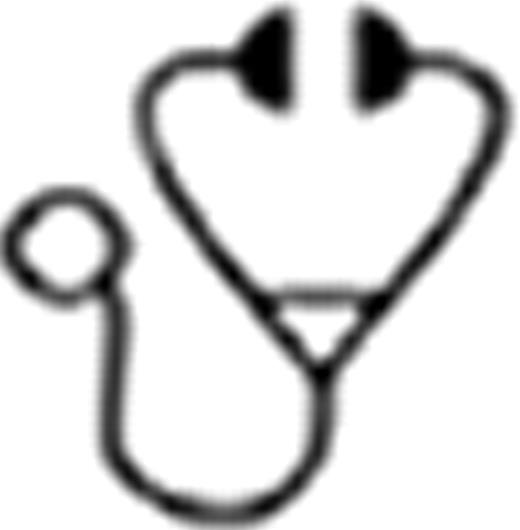Abstract
Abstract 3006 FN2
FN2
Transplant related mortality (TRM), drug toxicities, life-threatening infections, poor quality of life, and graft versus host disease (GVHD) are significant risks of hematopoietic cell transplantation (HCT). In addition, pre-transplant comorbidities can have significant impact on the transplant outcomes of elderly patients (pts). Two comorbidity measurement tools, the CCI and the HCT-CI have been inconsistent in predicting TRM and overall survival (OS) after conventional HCT. The HCT-CI and CCI scores have correlated less well with TRM and OS in UCB transplantation. These results may have been limited by the heterogeneity of the UCB transplantation study population in age, disease, disease-risk, comorbidities, and conditioning regimens used. This study was performed to explore the accuracy of the HCT-CI and CCI in predicting post-transplant outcomes in elderly pts with high risk hematologic malignancies undergoing uniform RIC UCB transplantation.
A retrospective chart review was performed on 35 consecutive elderly (age ≥ 55 years (yrs)) UCB transplant recipients receiving the RIC regimen fludarabine, cyclophosphamide, ATG, and 200 cGy TBI. All pts received cyclosporine and mycophenolate mofetil for GVHD prophylaxis. Information on pre-transplant comorbidities was obtained from each pt's CIBMTR pre-TED form and retrospective chart reviews. Demographic information, ECOG performance status (PS), identification of comorbidities, and post-transplant outcomes were obtained. HCT-CI and CCI scores were distributed in the following comorbidity risk groups 0, 1, > 1.
| . | . | OS (%) . | PFS (%) . | ||||||
|---|---|---|---|---|---|---|---|---|---|
| Factor . | N . | 1 yr . | 2 yr . | 4 yr . | p-value . | 1 yr . | 2 yr . | 4 yr . | p-value . |
| PS | |||||||||
| 0 | 17 | 57 | 50 | 33 | 0.88 | 52 | 52 | 35 | 0.81 |
| 1-2 | 18 | 65 | 45 | 34 | 58 | 45 | 38 | ||
| CCI | |||||||||
| 0 | 16 | 80 | 58 | 22 | 67 | 59 | 32 | ||
| 1 | 4 | 100 | 50 | 0.04 | 100 | 50 | 0.04 | ||
| >1 | 15 | 33 | 33 | 33 | 33 | 33 | 33 | ||
| HCT-CI | |||||||||
| 0 | 12 | 54 | 43 | 14 | 56 | 44 | 15 | ||
| 1 | 10 | 80 | 69 | 69 | 0.29 | 69 | 69 | 69 | 0.25 |
| >1 | 13 | 53 | 35 | 35 | 45 | 36 | 36 | ||
| . | . | OS (%) . | PFS (%) . | ||||||
|---|---|---|---|---|---|---|---|---|---|
| Factor . | N . | 1 yr . | 2 yr . | 4 yr . | p-value . | 1 yr . | 2 yr . | 4 yr . | p-value . |
| PS | |||||||||
| 0 | 17 | 57 | 50 | 33 | 0.88 | 52 | 52 | 35 | 0.81 |
| 1-2 | 18 | 65 | 45 | 34 | 58 | 45 | 38 | ||
| CCI | |||||||||
| 0 | 16 | 80 | 58 | 22 | 67 | 59 | 32 | ||
| 1 | 4 | 100 | 50 | 0.04 | 100 | 50 | 0.04 | ||
| >1 | 15 | 33 | 33 | 33 | 33 | 33 | 33 | ||
| HCT-CI | |||||||||
| 0 | 12 | 54 | 43 | 14 | 56 | 44 | 15 | ||
| 1 | 10 | 80 | 69 | 69 | 0.29 | 69 | 69 | 69 | 0.25 |
| >1 | 13 | 53 | 35 | 35 | 45 | 36 | 36 | ||
TRM occurred in 8 pts (23%). CCI was associated with TRM (p=0.05): pts with CCI ≥ 2 had a 40% (6/15) TRM vs 10% (2/20) with CCI 0–1. PS (p=0.69) and HCT-CI (p=0.47) did not correlate to TRM.
In conclusion, elderly pts undergoing RIC UCB transplantation for high risk hematologic malignancies, the CCI was a statistically significant predictor of TRM, PFS, and OS. This index and not HCT-CI or PS identified elderly pts undergoing RIC UCB transplantation at higher risk of TRM and poor post-transplant outcomes. Larger validation studies of the predictive capacity of these comorbidity indexes need to be performed in the multi-institutional setting.
Cooke:Amgen:.
Author notes
Asterisk with author names denotes non-ASH members.

This icon denotes a clinically relevant abstract


This feature is available to Subscribers Only
Sign In or Create an Account Close Modal